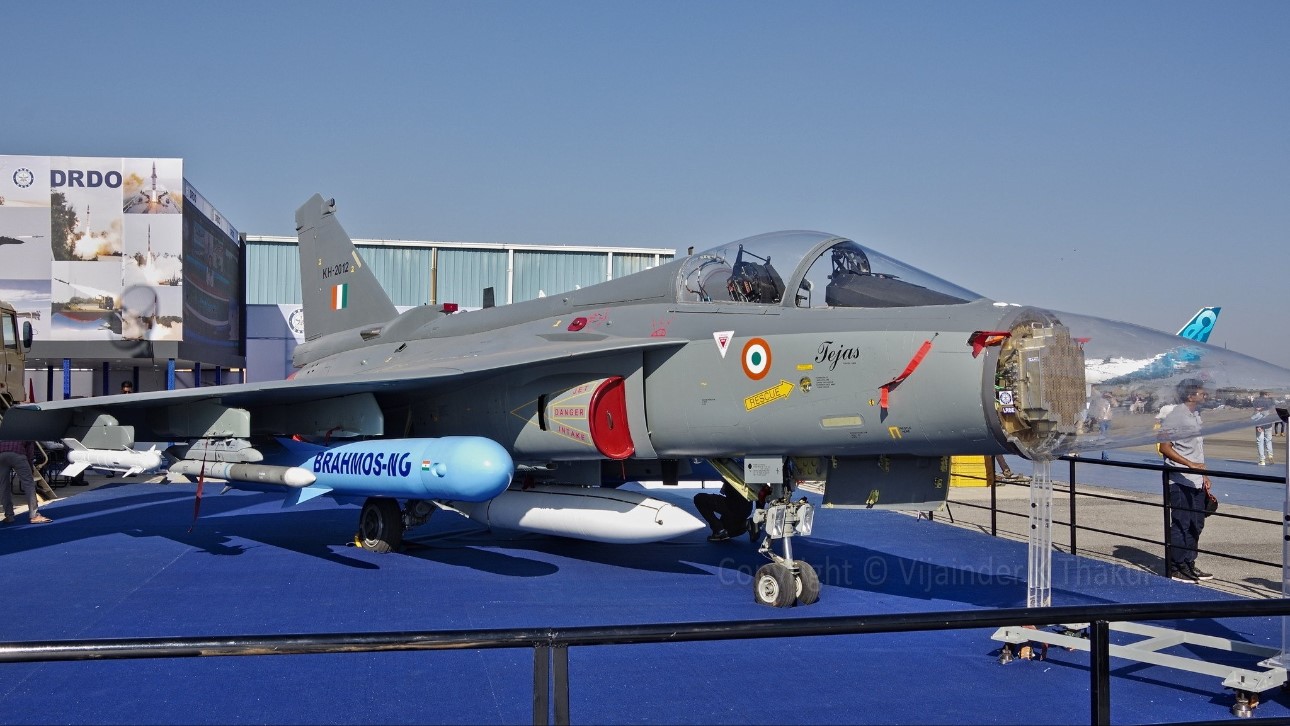India to Offer LCA Tejas Armed with BrahMos-NG Missiles to Strengthen Indonesian Air Defense

In a bold move to expand its footprint in the global defense market, India is set to offer its indigenous Light Combat Aircraft (LCA) Tejas, integrated with the upcoming BrahMos-NG missiles, to the Indonesian Air Force. This strategic offering underscores India's growing prowess in defense manufacturing and aims to address Indonesia's pressing need for advanced maritime surveillance and defense capabilities.
Meeting Indonesia's Maritime Security Needs
As an archipelagic nation with over 17,000 islands and the world’s sixth-largest exclusive economic zone (EEZ) of 6 million square kilometers, Indonesia faces the monumental task of safeguarding its vast maritime domain. Frequent violations of maritime sovereignty and emerging regional threats have highlighted the urgency of equipping its air force with cutting-edge defense systems.
India's LCA Tejas, a lightweight, multi-role combat aircraft developed by Hindustan Aeronautics Limited (HAL), emerges as an ideal solution. Compact yet powerful, the Tejas boasts exceptional agility, advanced avionics, and cost efficiency, making it a compelling choice for nations looking for affordable, next-generation fighter jets.
BrahMos-NG: A Game-Changer for Maritime Defense
What makes this offer particularly attractive is the inclusion of the BrahMos-NG (Next Generation) missile. A scaled-down version of the renowned BrahMos supersonic missile, the NG variant is designed for versatility, with a lighter weight of approximately 1.5 tons and a compact design.
Specifications of BrahMos-NG:
- Range: 290 kilometers
- Speed: Mach 3.5 (three and a half times the speed of sound)
- Weight: 50% lighter than the current BrahMos missile
- Length: 5 meters, enabling easy integration with smaller platforms
- Platforms: Compatible with fighter jets, ships, submarines, and ground launchers
This air-launched missile will enable the LCA Tejas to strike enemy naval targets with high precision, offering Indonesia a significant boost in operational reach and anti-ship capabilities.
Strategic Significance of the Deal
The proposed deal highlights India's commitment to strengthening its defense ties with Southeast Asian nations, particularly Indonesia. As Jakarta modernizes its aging fleet to counter growing maritime challenges, the LCA Tejas-BrahMos-NG combination aligns perfectly with its requirements for cost-effective, high-performance defense systems.
Moreover, the collaboration could pave the way for deeper bilateral ties, including joint ventures, technology transfers, and co-production opportunities. Such partnerships would not only benefit Indonesia’s defense industry but also enhance India’s standing as a reliable arms exporter.
The Road Ahead
The LCA Tejas and BrahMos-NG package offers Indonesia a two-fold advantage: a state-of-the-art fighter jet and a missile system that guarantees deterrence against potential threats. For India, this deal signifies a major milestone in its defense diplomacy, showcasing its indigenous capabilities on a global stage.
As both nations engage in discussions, this potential agreement could mark the beginning of a robust partnership, enhancing regional security and fostering mutual growth in defense technology.



